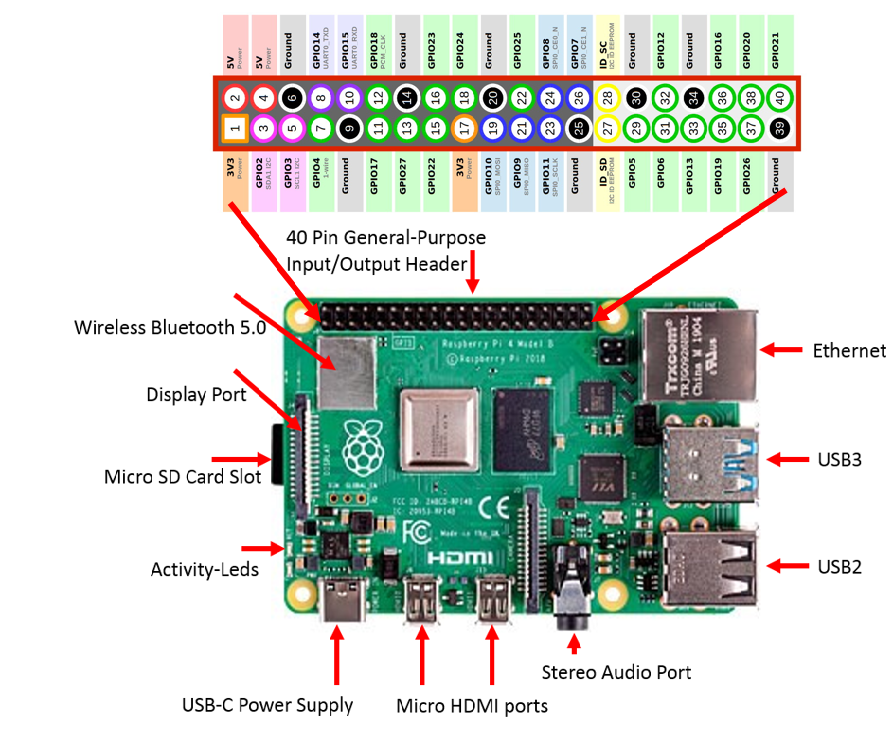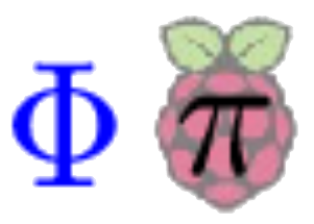Raspberry Pi based Digital Measurement System in Physics
|
||||||
|
|
 |
|
|
The Hardware of the Raspberry Pi-based Digital Measurement System consists mainly of the Raspberry Pi as a single-board computer known for its low-cost and powerful computation capability based on the Raspberry PI OS operating system. The Raspberry Pi 4 Model B as the latest product in the Raspberry Pi range is recommended. One can find an overview of its features and performances here.
The Raspberry Pi is equipped with numerous interfaces to interact with small electronic devices such as sensors and actuators. These can be attached to the pins of the GPIO-header (general-purpose input/output) of the Raspberry Pi to react to the changes in different physical quantities. There are 40 pins on the Raspberry Pi meant to provide various functions. Some pins labeled as 3V3, 5V are used as a source to power external components, in our case the sensors. The ground pins GND are used for making a common reference between all components in a circuit. The GPIOs are digital pins to read some basic sensors. In various applications, they work as a switch to turn on and off as they can be programmed to HIGH or LOW (1 or 0). The majority of our sensors communicate with the Raspberry Pi via I2C interface. This is a master-slave bus protocol, where the master is the Raspberry Pi and the slaves are the sensors. Each slave has a unique ID, so the Raspberry Pi knows which component it should talk to. The students can easily find it, by giving the command i2cdetect -y 1 in the Terminal. The SDA-pin allows data exchange whereas the SCL-pin is the clock of the I2C-interface.
Careful attention is required to avoid confusing the signals when connecting sensors to the Raspberry Pi board. The Assembled Pi Cobbler Plus with GPIO Ribbon Cable provides the users with an exact plan of the 40 pins of the GPIO header, showing the precise location of each labeled pin. |
